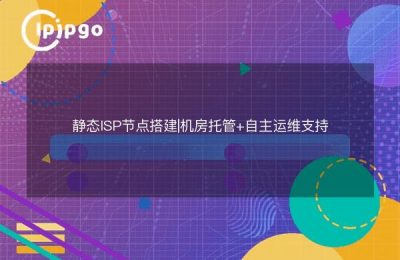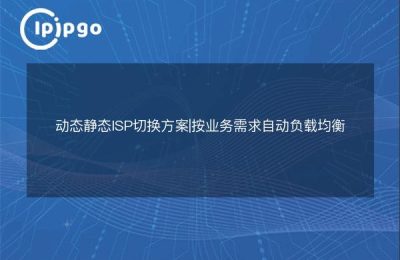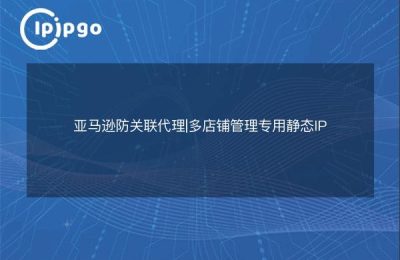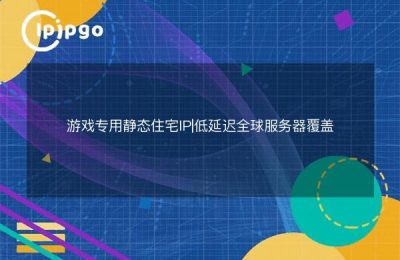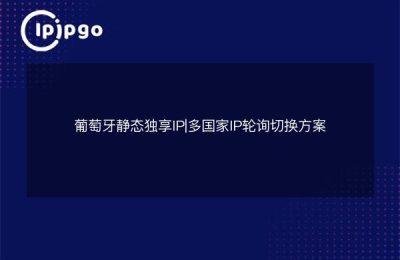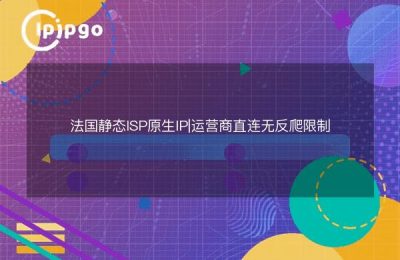
Scenarios for using static proxies (what do you mean by static proxies)
Static proxies are a common design pattern, often used to extend an original object with additional functionality without changing it. By introducing a proxy object, custom logic can be added before and after the execution of the methods of the target object. This type of proxy has a wide range of application scenarios in software development.
1. Logging
A common scenario for using static proxies is logging. When we need to log the methods of a class, we can do so by creating a proxy object that prints the relevant log information before and after calling the target object's methods. This makes it easy to log the execution of methods, helping to troubleshoot problems and monitor system operation status.
2. Security controls
Another common usage scenario is security control. With static proxies, we can validate permissions before the target object's methods are invoked, ensuring that only users with the appropriate permissions are able to perform specific operations. This improves system security and prevents unauthorized access.
3. Cache management
Static proxies can also be used for cache management. When the execution of an object's method is very time-consuming, in order to improve the performance of the program, we can use the proxy object to check whether the corresponding result exists in the cache before the execution of the method, and if it does, it will directly return the cached result to avoid repeated calculations. This can effectively reduce the load on the system and improve the user experience.
4. Performance monitoring
Static proxies can also be used for performance monitoring. The performance of a system can be monitored and evaluated by recording timestamps before and after the target object's method invocations by the proxy object and calculating the execution time of the method. This helps developers locate performance bottlenecks in their code and optimize accordingly.
In conclusion, static proxies are a common way of extending functionality for a variety of scenarios and have a wide range of applications in software development. By introducing a proxy object, we can make additional functionality enhancements to the original object without changing it. Logging, security control, cache management, and performance monitoring are all common scenarios where static proxies are used. In actual development, we can flexibly use static proxies according to specific needs to improve system maintainability, security and performance.

